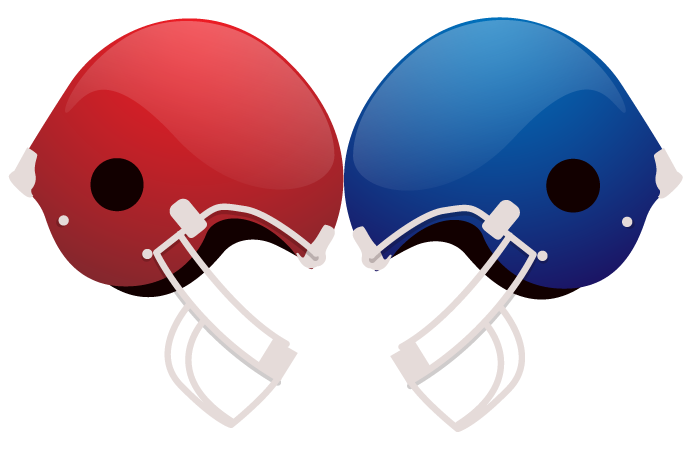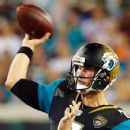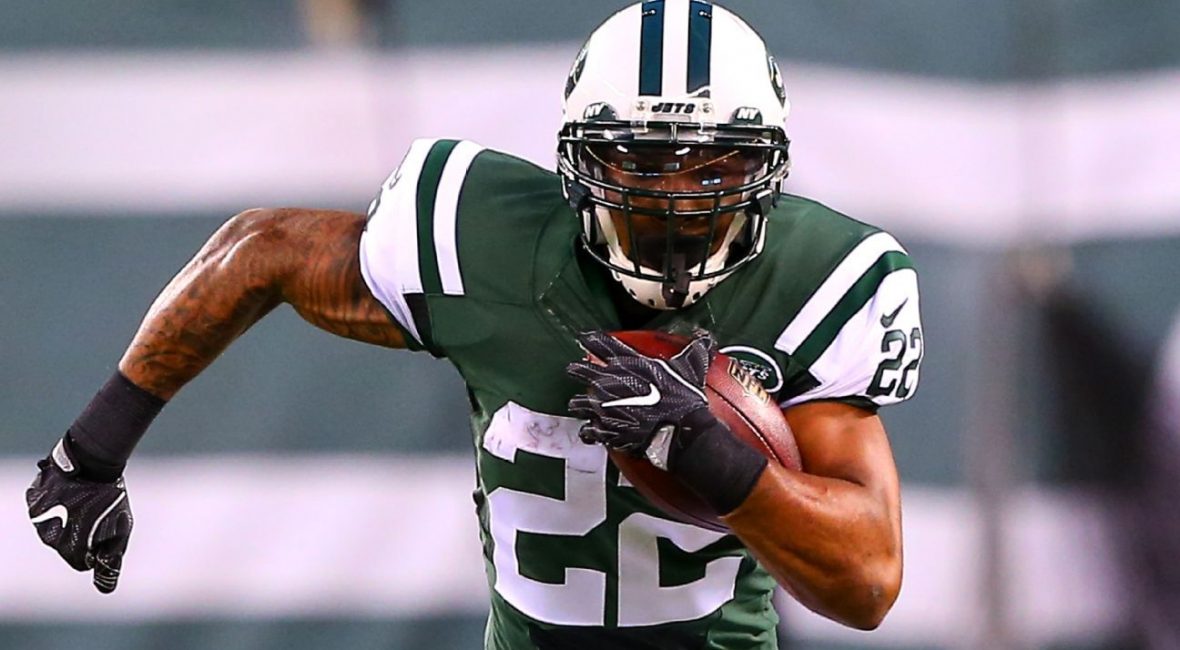JACKSONVILLE, Fla. — Quarterback Chad Henne has been named the starter for the Jacksonville Jaguars’ preseason game against the Carolina Panthers on Thursday, a move that puts Blake Bortles’ future with the team in question.
Coach Doug Marrone made the announcement Wednesday evening after Henne and Bortles split reps with the first team over the past five practices. Marrone decided to have the two compete for the starting job after another lackluster performance by Bortles in last week’s loss to the Tampa Bay Buccaneers.
Marrone also announced that Bortles will get first-ream reps against the Panthers. Marrone will address the quarterback situation after the game and whether this is a permanent move for the regular season.
Henne, 32, has started 22 games (5-17) in four seasons with the Jaguars and has appeared in seven others. He has thrown 27 touchdown passes and 16 interceptions but has taken only one regular-season snap since he was benched in favor of Bortles at halftime of Week 3 in 2014.
In 65 career games, Henne has thrown 58 touchdown passes and 63 interceptions. He was a second-round pick by Miami in 2008 and started 31 games for the Dolphins from 2008-11 before signing a free-agent contract with the Jaguars in 2012.
If Jacksonville opts to go with Henne as the regular-season starter, the team must decide what to do with Bortles. The Jaguars could keep him on the roster to give them an experienced backup familiar with the offensive system in case Henne were to be injured. That presents an expensive problem, though.
The Jaguars picked up Bortles’ fifth-year option, which would pay him $19.053 million in 2018. That amount is guaranteed for injury only, meaning that if Bortles were to suffer an injury that made him unable to pass a physical next year, the Jaguars would have to pay him that amount even if he cannot play.
The other option would be cutting Bortles, which would mean yet another miss on a first-round draft pick for a franchise that hasn’t had a winning record since 2007 and has finished with double-digit losses for six consecutive seasons.
Bortles was the third overall pick in 2014 and threw 11 touchdown passes and 17 interceptions as a rookie. He had what appeared to be a breakout season in 2015, setting single-season franchise records in passing yards (4,428) and passing touchdowns (35), but regressed last year.
His mechanics, which he worked to improve in his first offseason, degraded to the point where his throwing motion was unrecognizable by his college offensive coordinator. Bortles threw 23 touchdown passes and 16 interceptions as the Jaguars finished 3-13.
Bortles’ biggest issue has been turnovers. Since he entered the league he has committed an NFL-high 63 turnovers, and his 51 interceptions rank second most in that span behind Philip Rivers (52). Even more troubling is that Bortles has 11 pick sixes — which corresponds to his number of victories as a starter (11-34).
Bortles does have 69 touchdown passes, but only five of those have come when the Jaguars were leading the game.
Bortles was put on notice in the spring by executive vice president of football operations Tom Coughlin about his turnover problem. Bortles looked pretty good on the first two days of training camp but threw five interceptions in the third practice, which was the first time the team was in full pads.
He had several other poor practices — including a 5-for-17 day in 11-on-11 work during a joint practice with New England — and threw a pair of interceptions during an Aug. 13 practice, which prompted Marrone to give Henne work with the first-team offense against the Bucs on Aug. 17.
Bortles completed 8-of-13 passes for 65 yards and three times misfired on passes to Allen Robinson, including two in which Robinson was wide open. Marrone said after the game that Bortles and Henne would compete for the starting job.








